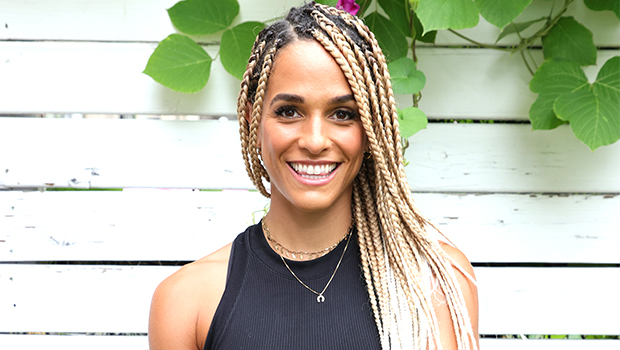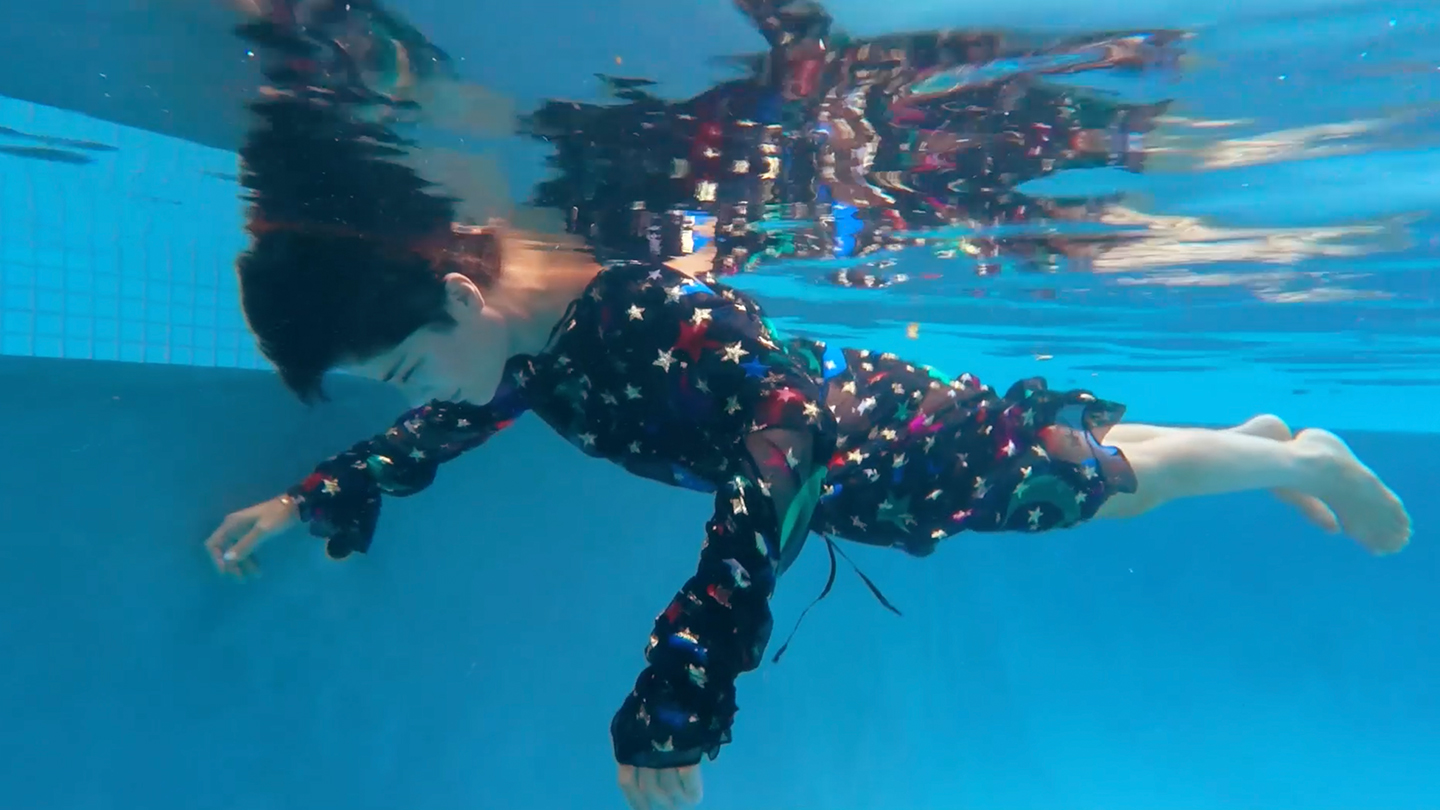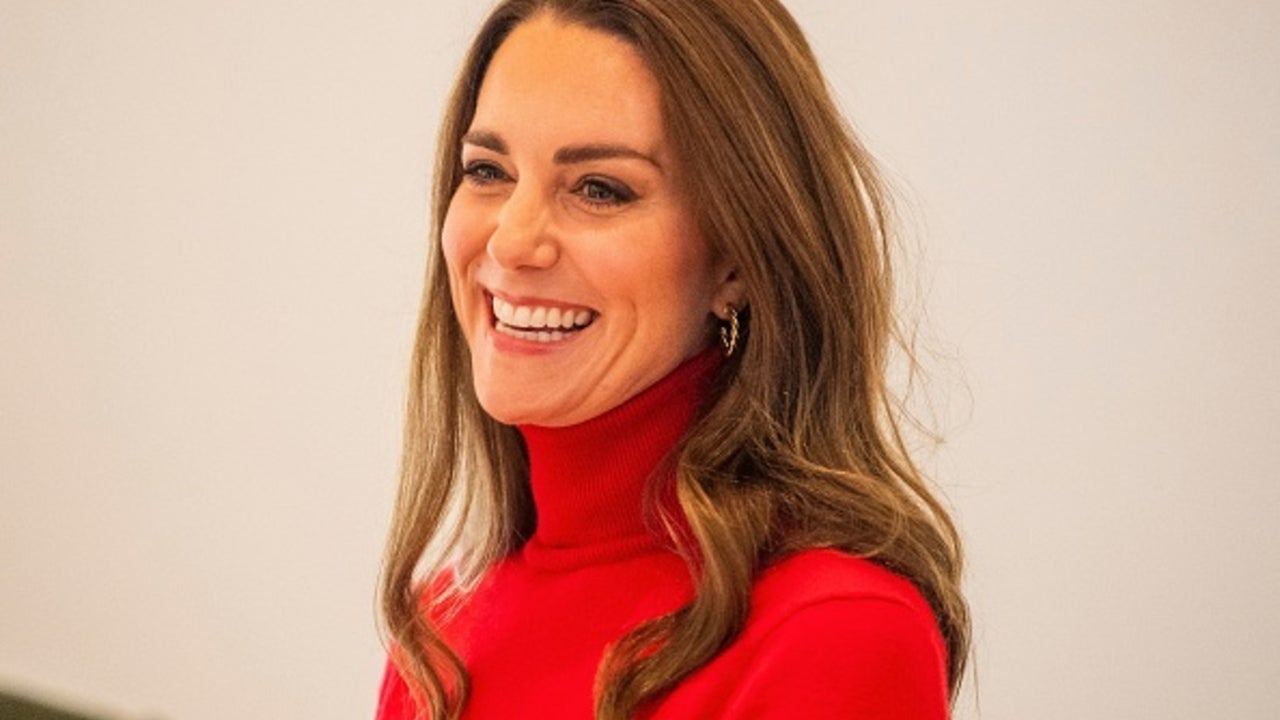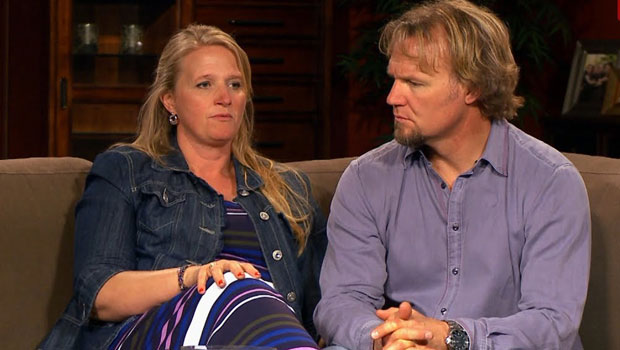Guest Post: How to Make a Movie on a $100K Budget
By Suzette Brown Making an independent film successful is not easy — the key is arming yourself with proper planning. On the first feature I produced, I was told by the director, “There are three options — good, fast,...
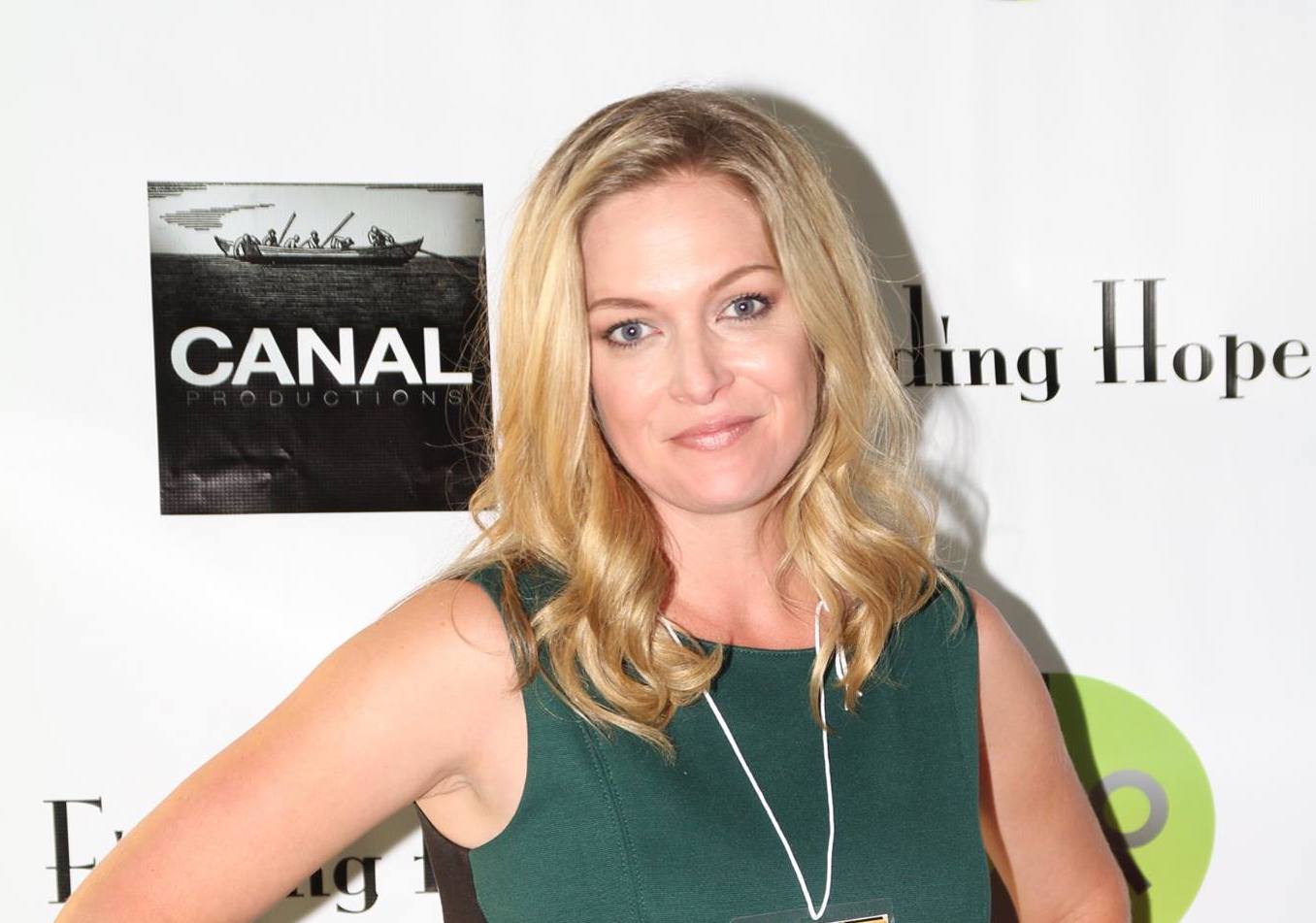
By Suzette Brown
Making an independent film successful is not easy — the key is arming yourself with proper planning. On the first feature I produced, I was told by the director, “There are three options — good, fast, or cheap — but you can only pick two.” As an independent filmmaker without the luxury of unlimited resources, I pick good and cheap every time. That doesn’t mean I don’t stick to my deadlines, but that I should take the time to do things right each step of the way. Bringing an experienced line producer onto the project also helps; they are responsible for drafting and managing the production’s budget throughout the entire process, from development through post-production.
Like many in the indie world, I wear multiple hats when needed. Many times, I take the role of producer in addition to line producing to help minimize costs. In fact, I recently made the feature film “For Hannah” for $100K. Here’s what I learned from the experience and tips for making movies on a small budget:
1. One of the main things I do is reverse engineer. I’m not reinventing the wheel — I encourage the writer and/or director to add elements we already have access to that are either discounted or free.
As a line producer, my goal is to always come in under budget. Begin planning in development; writing and producing with what you know you have access to is key. Too many times I have been approached to line produce for an indie film that has action-packed sequences, iconic locations, and/or other elements they simply cannot afford. You have to be realistic and stay within the lines of what you can actually pull off. How can you streamline the script without losing the story that you need to tell?
My husband and co-owner of Two 9 Productions, Shannon Brown, wanted to produce a film during COVID, so we came up with the concept of “For Hannah.” Not only did the project need to come in under $100K, but we also had to keep everyone’s safety in mind due to the pandemic. We achieved this by limiting the locations needed for filming, to minimize outside contact; keeping it a character-driven piece with few characters; and using a skeleton crew. We created a story we knew we would be able to achieve.
2. I do a full breakdown of the script. I like to use Tagger in Final Draft and then import the script into Movie Magic Scheduling — it saves a lot of time.
For those not familiar with Movie Magic, each scene has its own sheet. By using Tagger you only have to highlight and label all the different elements once in Final Draft. Otherwise, you manually would be entering all the information for each scene/sheet and have to type in all of the elements in their prospective categories, and then there are multiple clicks to add them onto each sheet/scene — yikes, right? Tagger will automatically create all of your sheets in Movie Magic Scheduling — and bring over all of the elements you tagged — so you don’t have to manually create each sheet for every scene in your script.
In my world, organization is the key to any success. Use whatever system works best for you. Once the breakdown is done, it’s a bunch of pieces to a puzzle that you need to assemble. Knowing your script like the back of your hand makes it a lot easier to assemble those pieces. How many different locations are there? How many cast members, crew members, props, vehicles, wardrobe, etc.? I delve deeper into the schedule before locking it in. OT is expensive — can the cast/crew be wrapped properly each day? You need to look at every aspect so you can find where you can save without compromising the overall quality of the project. That is always the delicate balance.
3. If you can, get locations free. It is very rare for me to pay for a location. I always strive to make a dollar out of 15 cents; locations is one area where I know I can achieve that.
With our recent project, John Wesley Norton specifically wrote the script with a house that was great for the story and he knew he could use for free (reverse engineering!). Now knowing what city our main location would be in, I reached out to owners of local locations there for our other needs. I am always genuine and honest when speaking to them and let them know what we are trying to achieve. Sometimes we can offer the owners — and anyone they know locally — the chance to be background players. It gets them more involved with the project and helps production by filling those background/extra roles. Think of what contacts you have for your needs, such as family, friends, or other filmmakers.
Another great way to be efficient is to pick locations that are multi-purpose. Our film “For Hannah” required a fire truck in front of a burning bank while a reporter was interviewing the local sheriff. I found a fire station that we needed for the scene and they also had an office that we could transform into the local sheriff’s office. We were able to shoot two locations at one place in one day. Remember, when you save time you save money. I schedule around the locations first, lumping them together, minimizing company moves. This keeps shooting days and travel time down and those savings trickle down into a beautiful stream.
4. For other needed items, ask yourself what things can be borrowed, made, or repurposed. Take inventory of the equipment your team already has that can be borrowed before using a rental house. By simply asking, you’d be surprised by the resources you may already have access to.
Set design and wardrobe is where creativity is paramount. Having the right production designer and costume designer can save a lot of time and money on a project. “For Hannah” takes place around Christmas and our production designer, Crystal Forlano, borrowed and repurposed the Christmas décor and decorations for the project. The amazing sweater inspired by “A Christmas Story” was made by our costume designer, Gary Nocco. They both always plan and create during pre-production and come to set prepared for potential scenarios, like having double wardrobe for a character that gets wounded in a scene.
For the things you have to purchase, always shop around to find the best deal. Don’t fall into the trap of thinking you don’t have time and just purchase the first thing you find that might work. I never purchase my first find; I scour the marketplace until I am confident I found the best price. “For Hannah” takes place in the ’80s and we needed a TV from that era. I saved the project hundreds of dollars by not purchasing the first one I found. Ultimately, I was able to pick up a working Zenith in great condition for $50 at an antique store.
5. Providing proper meals and options throughout filming is important. Before you begin principal photography, you should already have a list of your entire team’s dietary restrictions and preferences as well as what day(s) they will be working.
Personally, I love supporting family-owned businesses whenever I can and, in my experience, they are easier to work. I have found corporate-owned companies are not as workable and/or flexible with pricing. I saved money on our meals by working with a local restaurant, giving them our business for the duration of the shoot. By doing this I was able to obtain lower pricing. We were also able to use them for our diner location in the script, another multi-purpose saving opportunity.
Always make sure to work out options with the vendor before you begin filming. For instance, how many meal options can be offered each day? Do they deliver or will pick up be required?
If you plan properly, you can begin filming without unneeded and preventable chaos. Things will always come up that are out of your control during principal photography — someone showed up to the wrong place because Google Maps “had it wrong” or your location contact is MIA and you cannot get access to a building — but it’s vital that you control the things that you can control ahead of time so you can work around those unexpected surprises with more focus. Why would anyone want to wait to film a scene because the art department is still making props for it? Or see the team scrambling to decide where to eat, who can pick it up, and gather orders on the day of filming? Now you’re behind on schedule you have to choose between having to rush filming — and possibly affect quality — or add shooting days, which obviously adds cost to the budget. Stress and chaos will not only add to your budget but also hurt the quality of work. Proper planning will always be your budget’s best friend and a great help to overall quality control.
Suzette Brown is an award-winning actress, producer, line producer, founder and co-owner of Two 9 Productions, and director at Crown Point International Film Festival. Her credits include “Finding Hope,” “Every 21 Seconds,” and “Halloweed.”

 Koichiko
Koichiko 







